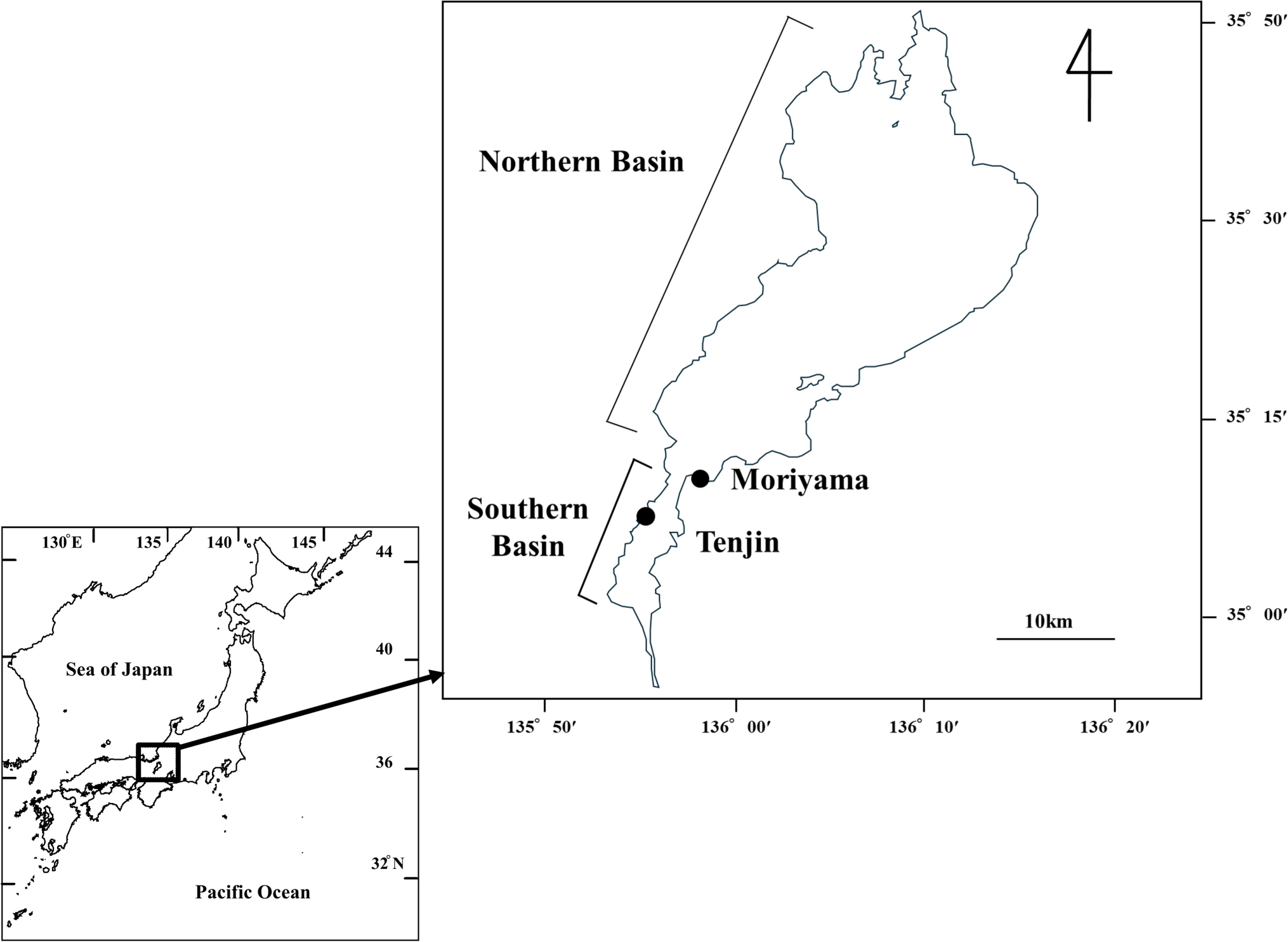2025-04-17 京都大学
<関連情報>
- https://www.kyoto-u.ac.jp/ja/research-news/2025-04-17-1
- https://www.kyoto-u.ac.jp/sites/default/files/2025-04/web_250415_Kai-f1858f6635a7007f3fe242bf07ed96a8.pdf
- https://link.springer.com/article/10.1007/s12562-025-01874-6
琵琶湖の抽水帯周辺におけるホンモロコの産卵環境選択性 Spawning habitat selectivity of Honmoroko (Gnathopogon caerulescens) around the emergent vegetation zone of Lake Biwa, central Japan
Banri Koda,Keita Takasaku,Daisuke Ishizaki,Yoshiaki Kai & Takeshi Kikko
Fisheries Science Published:17 April 2025
DOI:https://doi.org/10.1007/s12562-025-01874-6

Abstract
Honmoroko (Gnathopogon caerulescens), an endangered species endemic to Lake Biwa, is adversely affected by the desiccation of eggs caused by the water level management and deterioration of spawning habitats (lakeshore vegetation zone). Despite a recent study of foreshore spawning of the species having suggested that some local environmental conditions may be related to foreshore spawning habitats selection by the species, no quantitative studies have examined the conditions that determine the suitability of such habitats. The present survey of Honmoroko eggs around emergent vegetation zones along the foreshore in two study areas indicated that Honmoroko selectively spawn at shallow sites with greater water velocity, utilizing emergent plants, such as Salix spp.. The findings confirmed the importance of protecting the spawning habitats around the Lake Biwa shoreline and have important implications for the controlled management of Lake Biwa water levels with regard to Honmoroko spawning.



